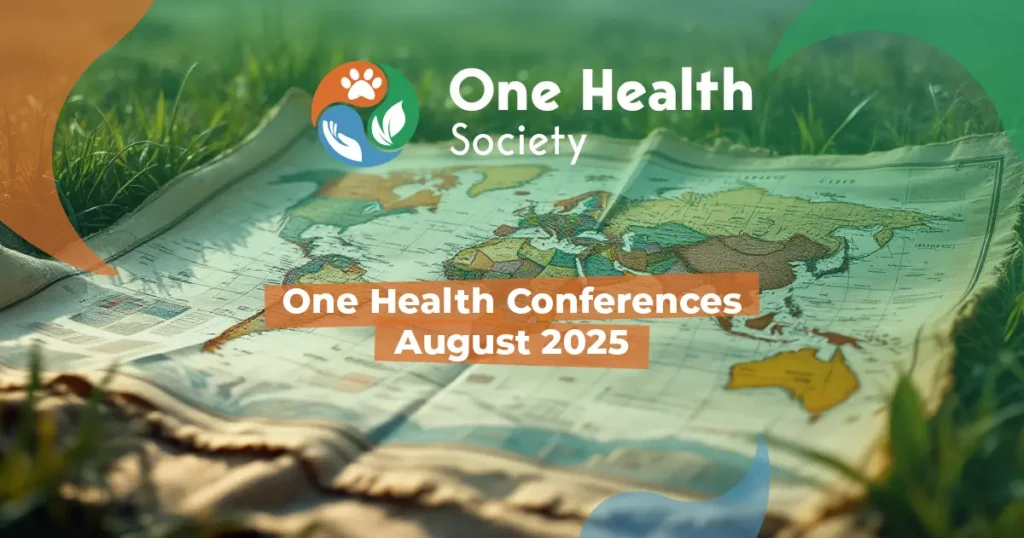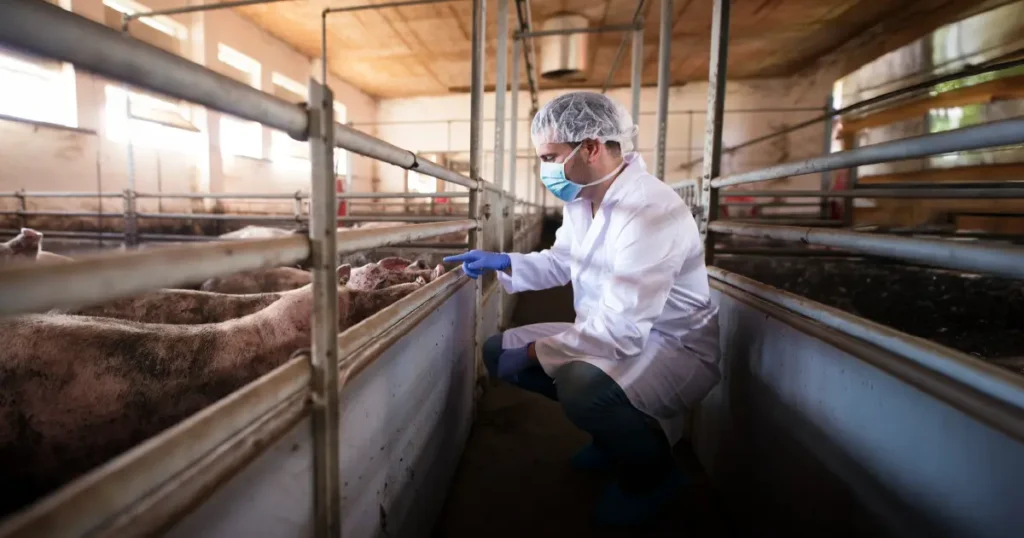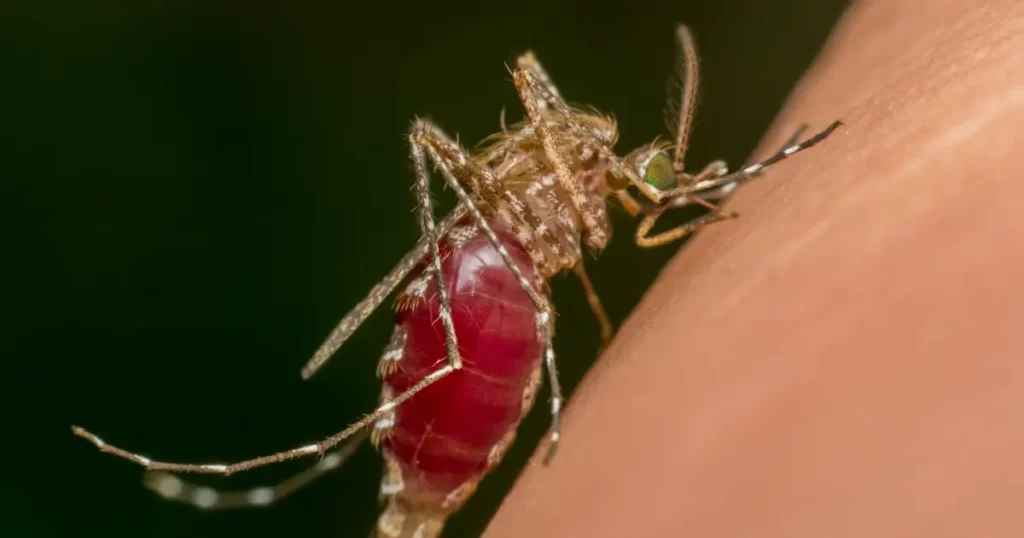Introduction
Public health briefing is an essential tool for delivering accurate, timely, and actionable information to the public, media, and stakeholders. Whether addressing infectious disease outbreaks, vaccination campaigns, chronic disease prevention, or disaster preparedness, effective briefings can drive informed decision-making and public trust. In this guide, we explore key elements of a successful public health briefing and best practices for communicating critical health information.
You're viewing a members-only article.
To keep reading, please log in or join the One Health Society.
Stay connected to exclusive insights, expert commentary, and opportunities to collaborate across the fields of human, animal, and environmental health.
Already a member? Log In
New here? Join the One Health Society - become One
Understanding Your Audience and Purpose
A well-structured public health briefing serves multiple audiences, including:
- General Public – Raising awareness and promoting health actions. Consider varying levels of education and avoid excessive jargon. Use clear, simple language while ensuring scientific accuracy.
- Health Professionals – Providing evidence-based recommendations.
- Government Officials – Supporting policy decisions.
- Media Representatives – Ensuring factual and responsible reporting.
- Community Leaders – Facilitating grassroots-level health interventions.
Key Elements of an Effective Public Health Briefing
- Opening Statement – Clearly define the health issue and its relevance.
- Key Data and Facts – Provide accurate statistics and projections.
- Call to Action – Outline necessary steps for individuals and communities.
- Stakeholder Collaboration – Highlight partnerships with health agencies.
- Resources for Further Information – Direct the audience to credible sources.
Press Briefing for Infectious Disease Outbreaks
Example Scenario: COVID-19 Pandemic
Opening Statement: “Today, we provide an update on the COVID-19 pandemic as cases continue to rise. Our priority remains preventing the spread of this virus and ensuring public safety.”
Key Data and Facts:
- The Centers for Disease Control and Prevention (CDC) reports over 500,000 national cases.
- Transmission occurs primarily through respiratory droplets, affecting high-risk populations disproportionately. [1]
Call to Action: “We urge everyone to adhere to safety guidelines, including mask-wearing, hand hygiene, and social distancing. If experiencing symptoms, seek medical advice immediately.”
Stakeholder Collaboration: “We are coordinating efforts with local health departments, hospitals, and global organizations like the World Health Organization (WHO) to contain the outbreak.”
Resources: For updates, visit the CDC’s COVID-19 page at [1].
Call to Action for Vaccination Campaigns
Example Scenario: Influenza Vaccination
Opening Statement: “As flu season approaches, vaccination is our best defense against widespread illness.”
Key Data and Facts:
- Influenza hospitalizes hundreds of thousands annually. [2]
- Vaccination reduces hospitalization risk by 40%.
Call to Action: “We urge everyone, especially high-risk individuals, to receive the flu vaccine at their nearest healthcare provider.”
Stakeholder Collaboration: “We are working with pharmacies, hospitals, and clinics to ensure vaccine accessibility for all.”
Resources: Find vaccination sites at [2].
Preventing Chronic Disease
Example Scenario: Heart Disease and Diabetes Prevention
Opening Statement: “Heart disease and diabetes remain leading causes of death, yet they are largely preventable.”
Key Data and Facts:
- 34.2 million Americans have diabetes, and 88 million are prediabetic. [3]
- 1 in 4 deaths in the U.S. is attributed to heart disease. [4]
Call to Action: “Adopt healthier habits: balanced nutrition, regular exercise, and routine health screenings.”
Stakeholder Collaboration: “We partner with community programs offering free health screenings and lifestyle coaching.”
Steps to Take During a Natural Disaster
Example Scenario: Hurricane Preparedness
Opening Statement: “Hurricane Zeta is expected to make landfall within 48 hours. It is crucial to prepare for severe weather impacts.”
Key Data and Facts:
- Forecasted to bring heavy rainfall and flooding.
- Residents in high-risk areas urged to evacuate. [5]
Call to Action: “Prepare emergency kits, charge mobile devices, and follow evacuation orders where necessary.”
Stakeholder Collaboration: “We coordinate with FEMA, local authorities, and shelters to assist affected communities.”
Resources: Find evacuation routes at [5].
Conclusion
Public health briefings are crucial for delivering accurate, timely, and actionable information. By emphasizing transparency, data-driven insights, and collaboration with stakeholders, we can enhance public preparedness and response to health crises. Effective communication is essential in fostering trust and ensuring community resilience.
References
- CDC (2023). COVID-19 Updates. Available at: https://www.cdc.gov/coronavirus.
- CDC (2023). Influenza Prevention. Available at: https://www.flu.gov.
- American Diabetes Association (2023). Diabetes Facts. Available at: https://www.diabetes.org.
- American Heart Association (2023). Heart Disease Prevention. Available at: https://www.heart.org.
- National Weather Service (2023). Hurricane Preparedness. Available at: https://www.ready.gov.














